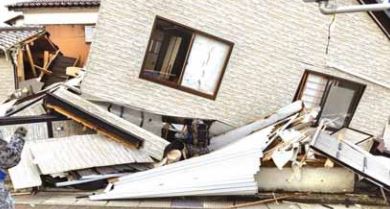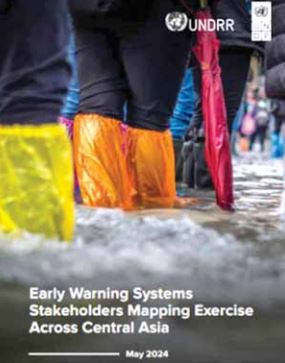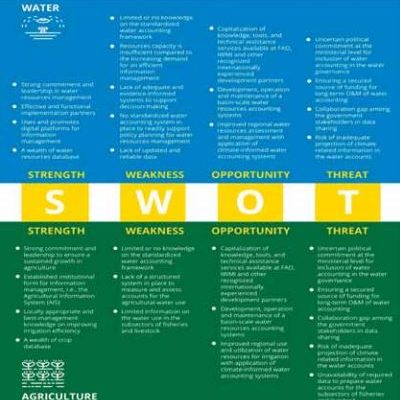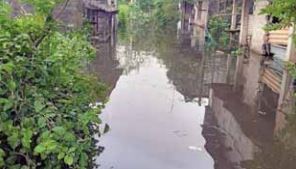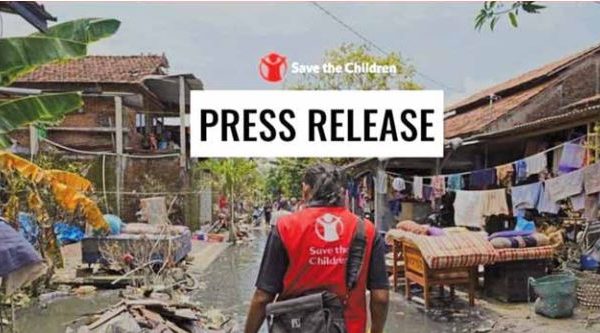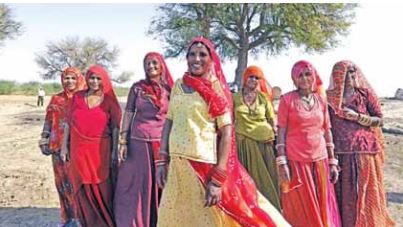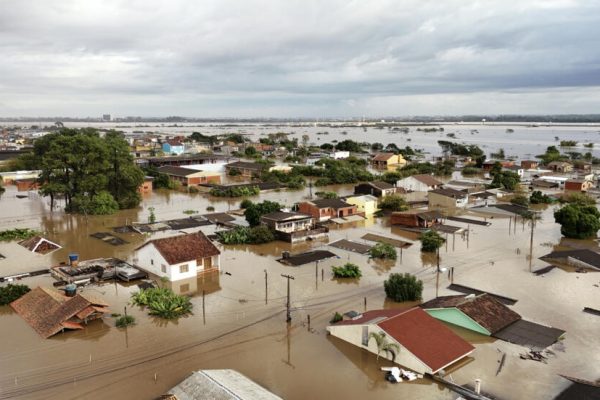
2024 Rio Grande do Sul Brazil Floods
The continuing El Niño weather phenomenon led to record rainfall and flooding beginning April 27, 2024 and continuing through mid-May in Rio Grande do Sul, a state in southern Brazil. Warm water in the Pacific Ocean, affected by El Niño, and very high temperatures in the South Atlantic Ocean contributed to humidity and increased the…


